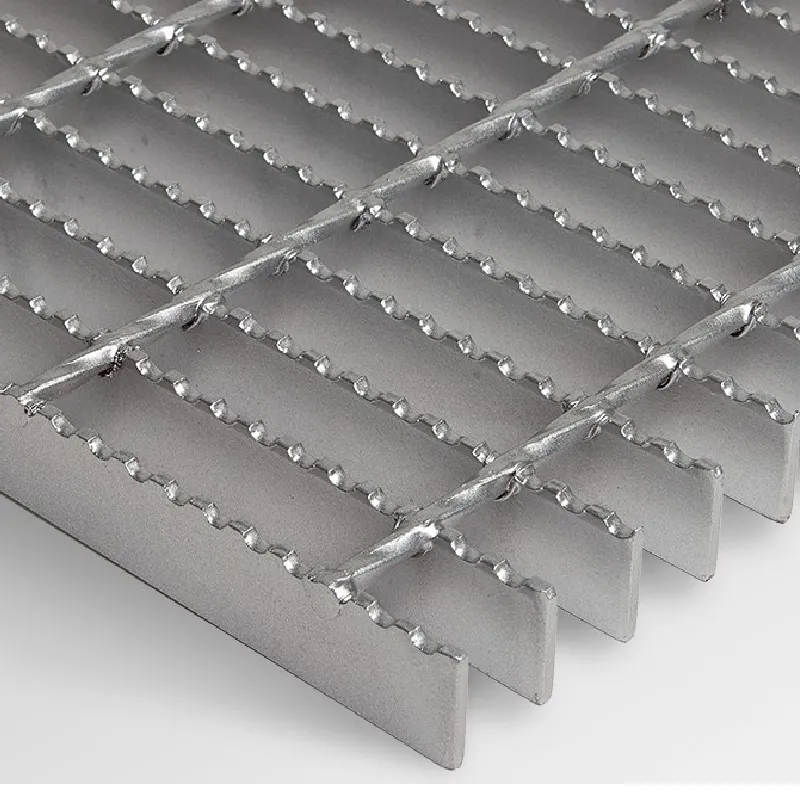- Industrial zone, South of Anping Town, Hengshui, Hebei, China.
- sales@hfpetromesh.com
- +86-18931809706
 Afrikaans
Afrikaans  Albanian
Albanian  Amharic
Amharic  Arabic
Arabic  Armenian
Armenian  Azerbaijani
Azerbaijani  Basque
Basque  Belarusian
Belarusian  Bengali
Bengali  Bosnian
Bosnian  Bulgarian
Bulgarian  Catalan
Catalan  Cebuano
Cebuano  Corsican
Corsican  Croatian
Croatian  Czech
Czech  Danish
Danish  Dutch
Dutch  English
English  Esperanto
Esperanto  Estonian
Estonian  Finnish
Finnish  French
French  Frisian
Frisian  Galician
Galician  Georgian
Georgian  German
German  Greek
Greek  Gujarati
Gujarati  Haitian Creole
Haitian Creole  hausa
hausa  hawaiian
hawaiian  Hebrew
Hebrew  Hindi
Hindi  Miao
Miao  Hungarian
Hungarian  Icelandic
Icelandic  igbo
igbo  Indonesian
Indonesian  irish
irish  Italian
Italian  Japanese
Japanese  Javanese
Javanese  Kannada
Kannada  kazakh
kazakh  Khmer
Khmer  Rwandese
Rwandese  Korean
Korean  Kurdish
Kurdish  Kyrgyz
Kyrgyz  Lao
Lao  Latin
Latin  Latvian
Latvian  Lithuanian
Lithuanian  Luxembourgish
Luxembourgish  Macedonian
Macedonian  Malgashi
Malgashi  Malay
Malay  Malayalam
Malayalam  Maltese
Maltese  Maori
Maori  Marathi
Marathi  Mongolian
Mongolian  Myanmar
Myanmar  Nepali
Nepali  Norwegian
Norwegian  Norwegian
Norwegian  Occitan
Occitan  Pashto
Pashto  Persian
Persian  Polish
Polish  Portuguese
Portuguese  Punjabi
Punjabi  Romanian
Romanian  Russian
Russian  Samoan
Samoan  Scottish Gaelic
Scottish Gaelic  Serbian
Serbian  Sesotho
Sesotho  Shona
Shona  Sindhi
Sindhi  Sinhala
Sinhala  Slovak
Slovak  Slovenian
Slovenian  Somali
Somali  Spanish
Spanish  Sundanese
Sundanese  Swahili
Swahili  Swedish
Swedish  Tagalog
Tagalog  Tajik
Tajik  Tamil
Tamil  Tatar
Tatar  Telugu
Telugu  Thai
Thai  Turkish
Turkish  Turkmen
Turkmen  Ukrainian
Ukrainian  Urdu
Urdu  Uighur
Uighur  Uzbek
Uzbek  Vietnamese
Vietnamese  Welsh
Welsh  Bantu
Bantu  Yiddish
Yiddish  Yoruba
Yoruba  Zulu
Zulu
- Afrikaans
- Albanian
- Amharic
- Arabic
- Armenian
- Azerbaijani
- Basque
- Belarusian
- Bengali
- Bosnian
- Bulgarian
- Catalan
- Cebuano
- Corsican
- Croatian
- Czech
- Danish
- Dutch
- English
- Esperanto
- Estonian
- Finnish
- French
- Frisian
- Galician
- Georgian
- German
- Greek
- Gujarati
- Haitian Creole
- hausa
- hawaiian
- Hebrew
- Hindi
- Miao
- Hungarian
- Icelandic
- igbo
- Indonesian
- irish
- Italian
- Japanese
- Javanese
- Kannada
- kazakh
- Khmer
- Rwandese
- Korean
- Kurdish
- Kyrgyz
- Lao
- Latin
- Latvian
- Lithuanian
- Luxembourgish
- Macedonian
- Malgashi
- Malay
- Malayalam
- Maltese
- Maori
- Marathi
- Mongolian
- Myanmar
- Nepali
- Norwegian
- Norwegian
- Occitan
- Pashto
- Persian
- Polish
- Portuguese
- Punjabi
- Romanian
- Russian
- Samoan
- Scottish Gaelic
- Serbian
- Sesotho
- Shona
- Sindhi
- Sinhala
- Slovak
- Slovenian
- Somali
- Spanish
- Sundanese
- Swahili
- Swedish
- Tagalog
- Tajik
- Tamil
- Tatar
- Telugu
- Thai
- Turkish
- Turkmen
- Ukrainian
- Urdu
- Uighur
- Uzbek
- Vietnamese
- Welsh
- Bantu
- Yiddish
- Yoruba
- Zulu
steel bar grating load tables
Understanding Steel Bar Grating Load Tables
Steel bar grating is a type of flooring and platform material commonly used in industrial and commercial settings. Its design consists of a series of parallel bars, typically made of steel, that are welded or mechanically linked together. This grid-like structure provides excellent support and allows for easy drainage and ventilation. A critical aspect when considering steel bar grating for any application is understanding its load capacity, which is provided in load tables.
Load tables are essential reference tools that guide engineers and designers in selecting the appropriate grating for specific applications. These tables contain data about the load-bearing capabilities of different types and configurations of steel grating, enabling users to make informed decisions based on their project's requirements.
The primary factors influencing the load capacity of steel bar grating include the material thickness, bar spacing, and overall design of the grating. Generally, heavier and thicker bars can support more weight than thinner counterparts. Additionally, the orientation of the bars in relation to the applied load also plays a significant role. Load tables typically provide information on both live loads, which are transient forces such as people and equipment, and dead loads, which are static forces like the weight of the grating itself.
steel bar grating load tables

When consulting steel bar grating load tables, it’s vital to consider the type of load the grating will bear. For instance, grating used in walkways, platforms, or mezzanines will have different load requirements compared to grating used for vehicular access. Some load tables categorize grating by standard applications, making it easier to find the right specifications for particular uses.
Moreover, load tables usually include safety factors, which account for unexpected stresses and provide reassurance that the grating can handle more than the average expected load. This safety margin is crucial in industrial settings where equipment and personnel constantly interact with grating surfaces.
In conclusion, steel bar grating load tables are invaluable resources that assist engineers, architects, and contractors in choosing the right type of grating for various applications. By providing a clear understanding of load capacities, these tables help ensure safety, reliability, and performance in industrial and commercial infrastructure. When planning a project that includes steel bar grating, always refer to these tables for guidance in order to make informed decisions that align with safety standards and functional requirements.
-
Welded Steel Bar Grating: The Strongest Choice for Industrial FlooringNewsMay.21,2025
-
Steel Grating for Sale: The Ultimate Anti-Slip SolutionNewsMay.21,2025
-
Steel Frame Shaker Screens: Unmatched Durability for Demanding OperationsNewsMay.21,2025
-
Shaker Screens: Your Ultimate Solution for Oil & Gas FiltrationNewsMay.21,2025
-
Press Locked Steel Grating: The Smarter Choice for Heavy-Duty FlooringNewsMay.21,2025
-
Helicopter Deck Safety Nets: Protect Your Crew and EquipmentNewsMay.21,2025